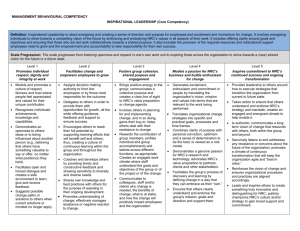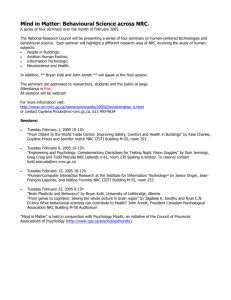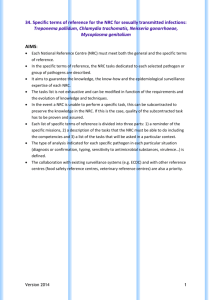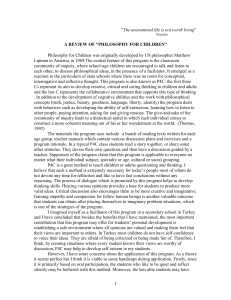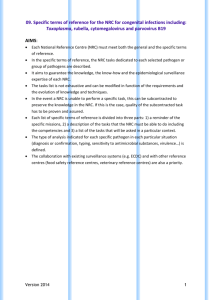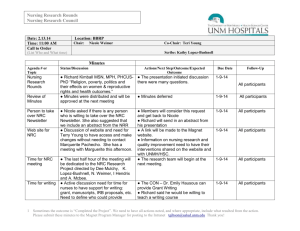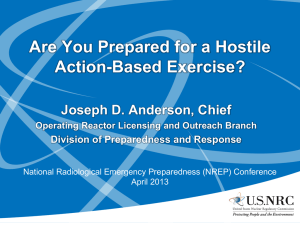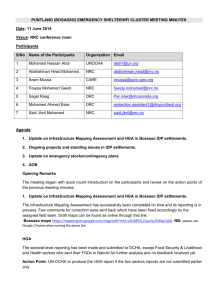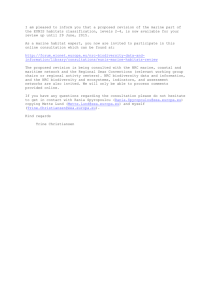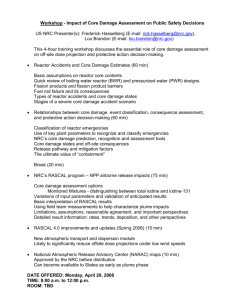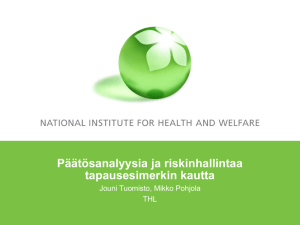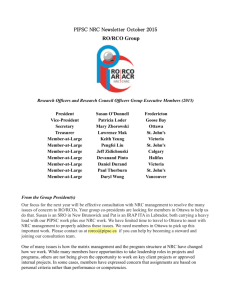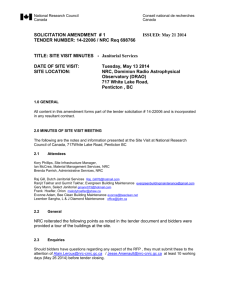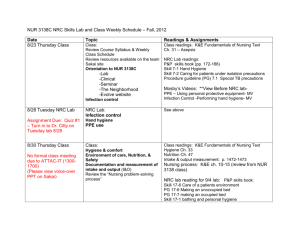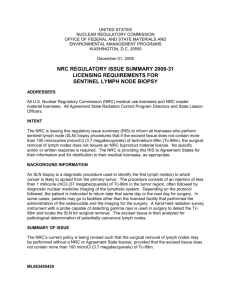27. Specific terms of reference for the NRC for rabies virus
advertisement
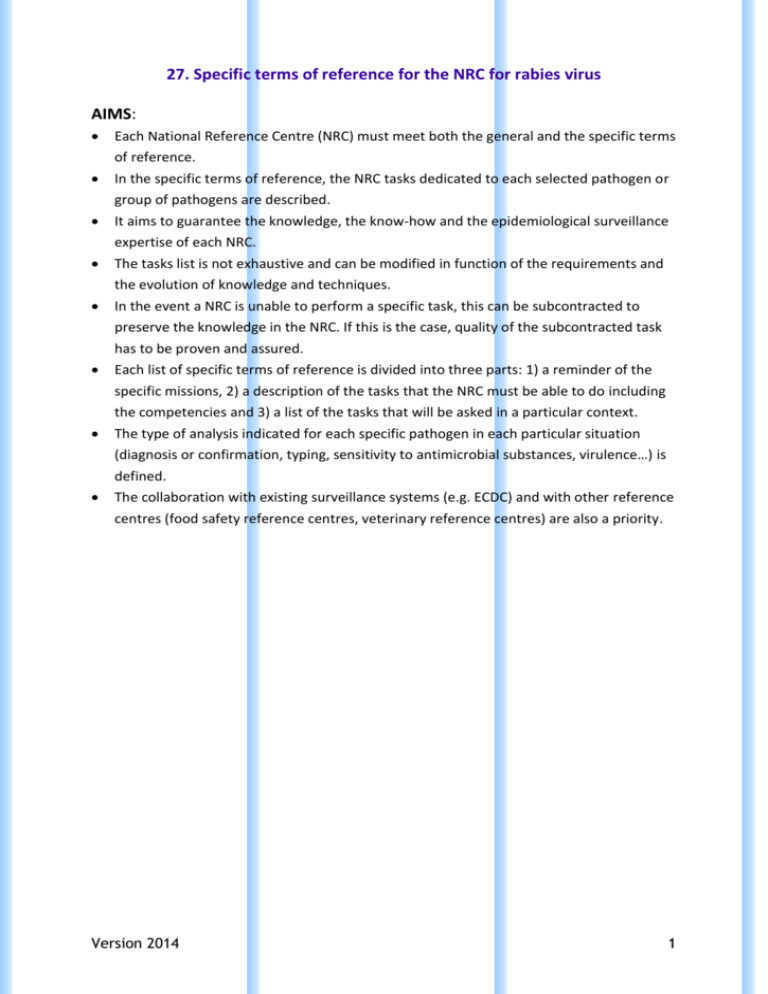
27. Specific terms of reference for the NRC for rabies virus AIMS: Each National Reference Centre (NRC) must meet both the general and the specific terms of reference. In the specific terms of reference, the NRC tasks dedicated to each selected pathogen or group of pathogens are described. It aims to guarantee the knowledge, the know-how and the epidemiological surveillance expertise of each NRC. The tasks list is not exhaustive and can be modified in function of the requirements and the evolution of knowledge and techniques. In the event a NRC is unable to perform a specific task, this can be subcontracted to preserve the knowledge in the NRC. If this is the case, quality of the subcontracted task has to be proven and assured. Each list of specific terms of reference is divided into three parts: 1) a reminder of the specific missions, 2) a description of the tasks that the NRC must be able to do including the competencies and 3) a list of the tasks that will be asked in a particular context. The type of analysis indicated for each specific pathogen in each particular situation (diagnosis or confirmation, typing, sensitivity to antimicrobial substances, virulence…) is defined. The collaboration with existing surveillance systems (e.g. ECDC) and with other reference centres (food safety reference centres, veterinary reference centres) are also a priority. Version 2014 1 27. Specific terms of reference for the NRC for rabies virus Specific missions: 1) 2) 3) 4) 5) 6) To perform the diagnosis. To monitor vaccination after exposure To monitor circulating strains by performing microbial typing of the isolated strains. To participate in national surveillance. To actively collaborate with veterinary reference laboratories. To transfer microbiological data (through e-health reporting) and scientifically report the analysed data for public health concerns. The NRC must be able to (level of competences): 1) 2) 3) 4) 5) To detect viral RNA in different samples (saliva, skin, nervous tissue, …). To detect specific antibodies in the serum and the CSF. To perform the antigenic typing. To compare vaccine and circulating strains. To have access to whole genome sequencing. Tasks that will be asked in a particular context: 1) 2) 3) 4) 5) 6) To perform the diagnosis. To detect rabies antibodies in vaccinated individuals. To request epidemiological data on vaccinated individuals: vaccination, profession, contact with animals … To monitor the epidemiology in animal reservoirs. To genotype rabies strains To improve the surveillance representativeness by enlarging the action radius (geographical coverage and/or by collaborative work with veterinary networks). Version 2014 2

